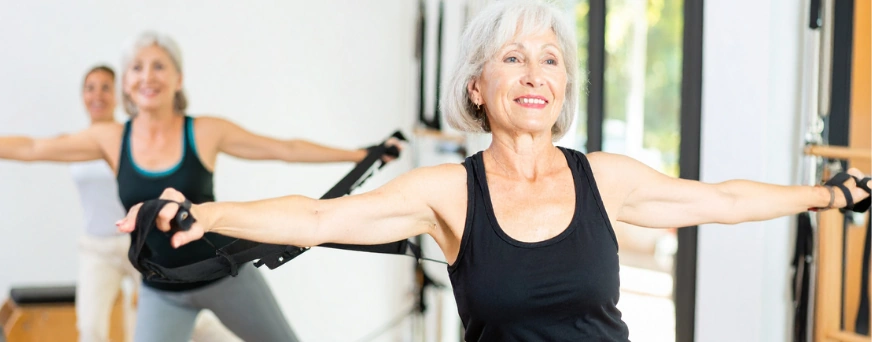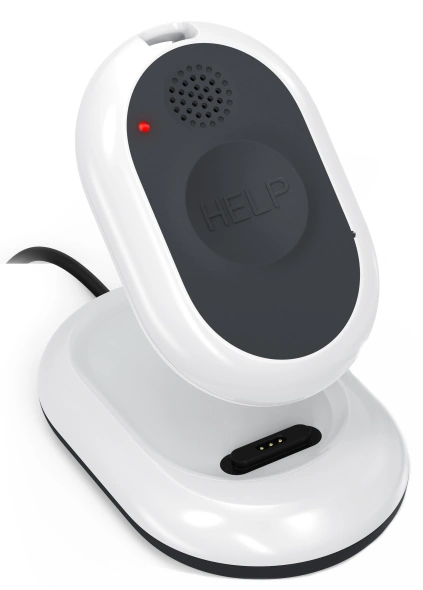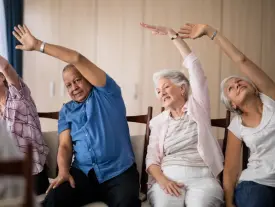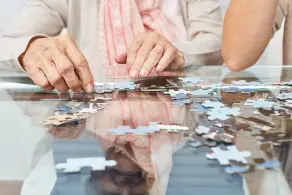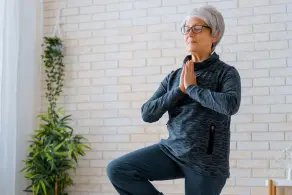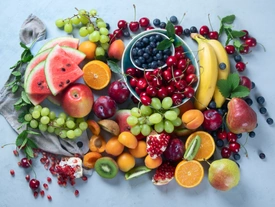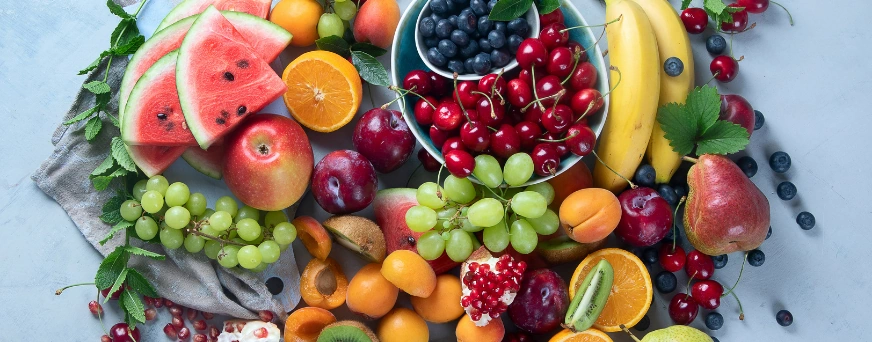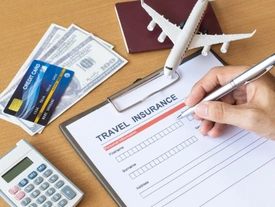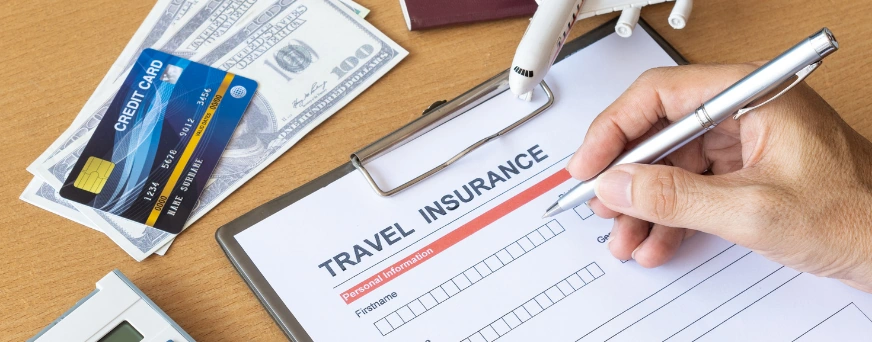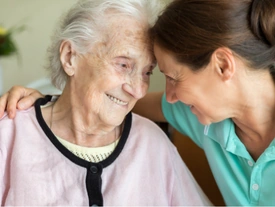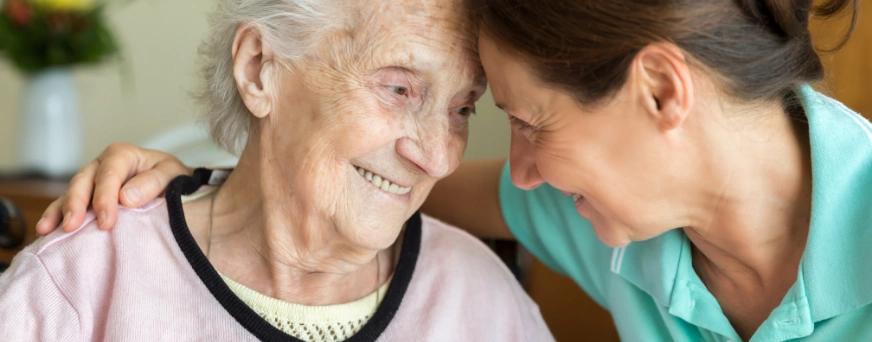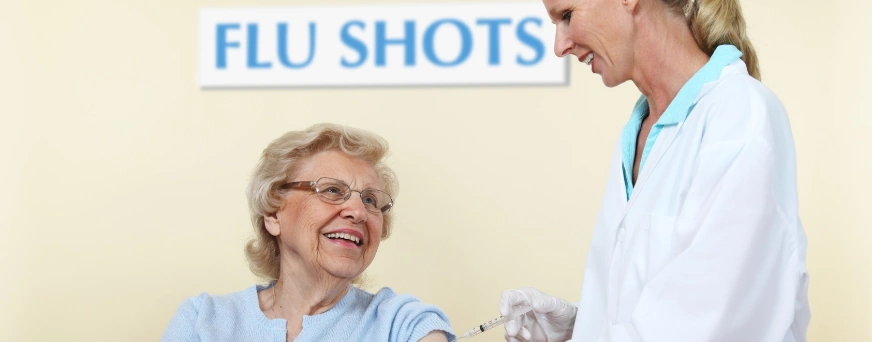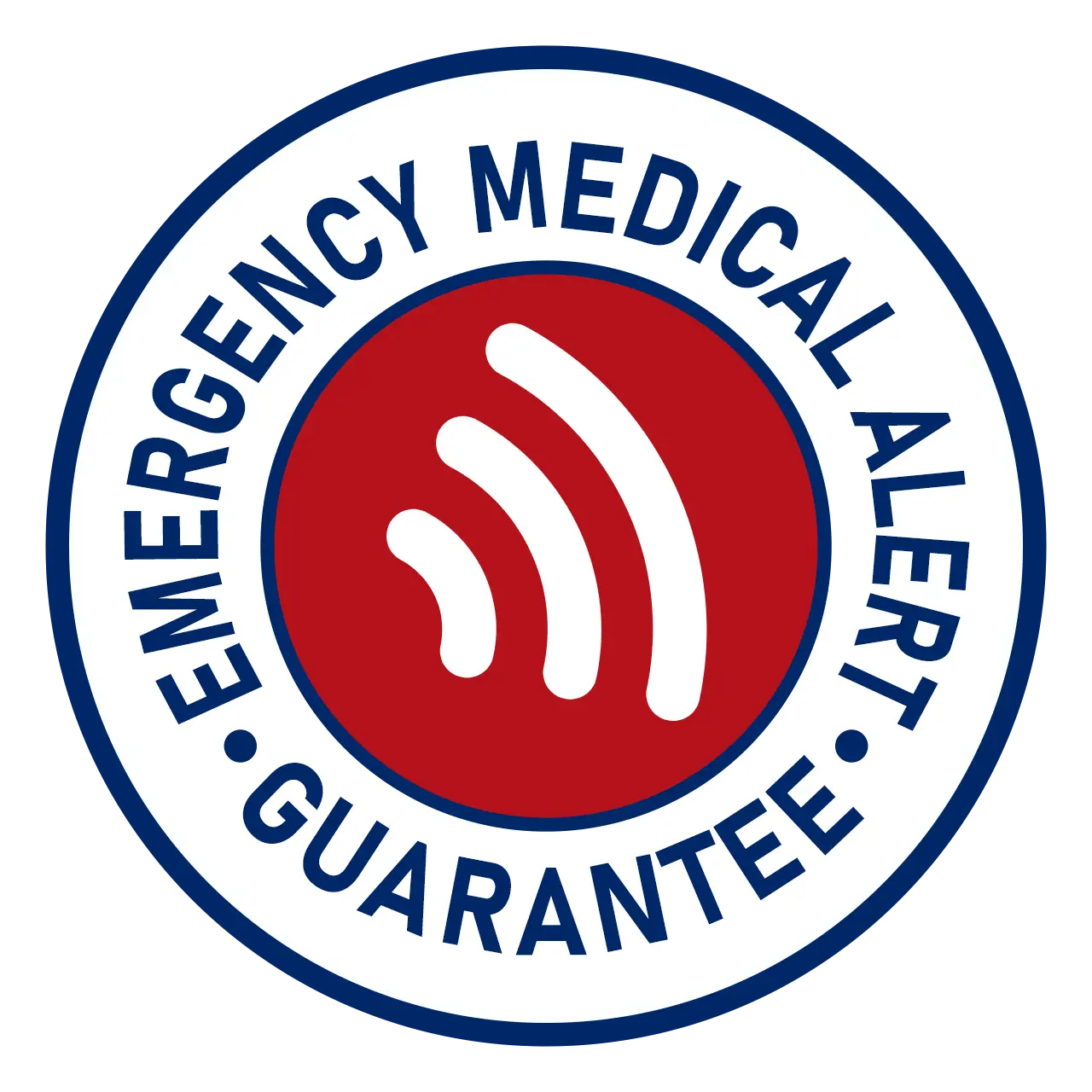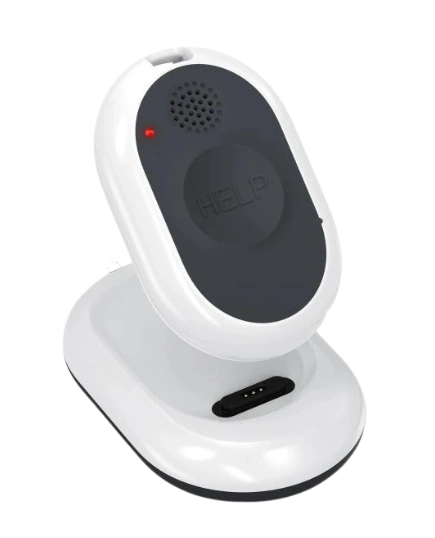Easy Pilates for Seniors Beginners Guide
Working out is more important during old age, and it might be too exhausting to perform high-impact exercises. Pilates is a non-violent yet effective way of getting stronger and more flexible, and the way towards well-being.
Inventing a collection of exercises, the basis of which is mindful breathing and controlled movements, Pilates is helpful for seniors, as they can remain stable, mobile, and independent. It is not about speed or intensity but about taking little progressive steps.
Pilates is a low-impact workout that is safe and pleasant, whether you have never exercised before or just want a low-impact workout. It is ideal when it is modified with the appropriate adjustments to suit any ability level, and thus it is ideal with seniors.
Why Pilates Is a Great Choice for Seniors

Pilates is not only a workout regimen, but it is also a consciousness that will not only build strength in the body but also relax the mind. In the case of the elderly, pilates for seniors has special advantages that can be used in daily living.
Pilates is not harsh to the joints like high-impact exercises. This is optimal for the patients who are older and have arthritis, are stiff, or have low mobility. Slow, controlled movements reduce the chances of injury but do provide significant results.
A strong core is one of the greatest results of Pilates. This is because a strong core provides balance and stability, which can greatly minimize the chances of falling. This is particularly necessary because the balance declines with age.
Pilates is also accompanied by flexibility, and as seniors gain strength, they will be able to move with increased ease in performing everyday activities such as bending, reaching, or walking.
The other reason why Pilates works with seniors is that it is flexible. The exercises can be performed on a mat, on a chair, or with the help of aids, depending on the comfort level.
The breathing techniques used in Pilates can also be used to prepare an individual to ease up and feel less stressed, and this aids in both physical and psychological well-being.
Beginner-Friendly Pilates Exercises for Seniors

Pilates exercises that are easy to perform enable elderly individuals to develop strength, flexibility, and balance without any risks. These are basic moves, not hard and difficult, easy to follow, and ideal to keep the mobility, posture, and confidence in general in everyday life.
Seated Breathing and Posture Alignment
The practice will expose seniors to the basics of Pilates, which include breath control and posture. Seat oneself in a strong chair with feet placed even to the floor. Put your hands on your ribs, inhale deeply using the nose, and the ribcage expands.
Take a breath slowly through the mouth and pull the belly button. Repeat it for 5–8 breaths. The exercise enhances the capacity of the lungs, relaxes the mind, and predetermines improved posture. Gradually, it conditions the body to sit and stand up straight without straining the back and shoulders.
Pelvic Tilts for Core Strength
Lie on your back, knees bent, and feet on the floor. Place your arms by your sides. Bend the pelvis slightly upwards, pushing the lower back on the mat. Still, wait a moment and give it up. Repeat the same thing 8–10 times.
Pelvic tilts are good for tightening the abdominal muscles and lower back support. They also develop body awareness, and this is how the core is safely practiced by the seniors.
Having a good core makes the position more stable and enables one to get more comfortable in his or her daily routine, like getting out of a chair or going on rough surfaces.
Leg Slides for Mobility and Flexibility
Begin with your back extended, and bend the knees and put the feet on the floor. Move one leg forward very slowly with the heel in that leg until it is straight, and then repeat the same thing. Swap legs between 8 and 10 times.
This practice will ensure that the hips are kept open and the legs are stretched without any tension. In older people, flexible hips imply that walking, climbing the stairs, and decreased stiffness following long-term sitting are more comfortable.
In order to facilitate it, ensure that the movement is small and controlled. With time, this smooth ride develops trust in leg mobility.
Seated Arm Raises for Upper Body Strength
Get into a seated position with legs on the chair. Carry light, not heavy, objects, or just use your own arms. Breathe in and bring both arms so that they are shoulder-high, and then exhale and bring them down gradually. Repeat the same 8–12 times.
Such a move builds the shoulders and upper back and allows proper posture. It also enhances functional strength in daily activities, including picking up groceries or lifting objects over the head. With this type of practice, seniors can have reduced tension in the shoulders and enhanced stamina in housework. Controlled breathing provides a rhythmic activity to the movement.
Gentle Spine Stretch for Improved Posture
Sit comfortably on a chair in a sitting posture with knees straight and the hands placed on your thighs. Roll forward slowly with the spine, with hands touching the floor than normally to sit in an upright position in a seated position. Repeat this atleast 6–8 times.
This practice will help remove back stiffness, increase flexibility, and help improve proper posture. A strong back will enable the elderly to sit, stand, and move more easily.
The forward fold also has a mild stretch of the hamstring muscles and relieves tension on the neck and shoulders. Slowly done, it is relaxing and enhances mobility.
The workouts are friendly, painless, and versatile Pilates workouts that are easy for novices. They do not need any equipment and, therefore, a senior can reproduce the practice at home and focus on slow movements and breathing.
Routine is also a key factor; a few minutes of pilates for seniors a day can be significant in terms of power, elasticity, and confidence as a whole.
Final Thoughts
Pilates is a light and easy exercise that enables older people to be active, strong, and mobile. It assists in enhancing balance, flexibility, and posture (with exercises that are beginner-friendly), which does not damage the body.
Among the elderly, Pilates would be a good choice, as it has the potential to make them self-sufficient, reduce stiffness, and ensure healthy aging.

